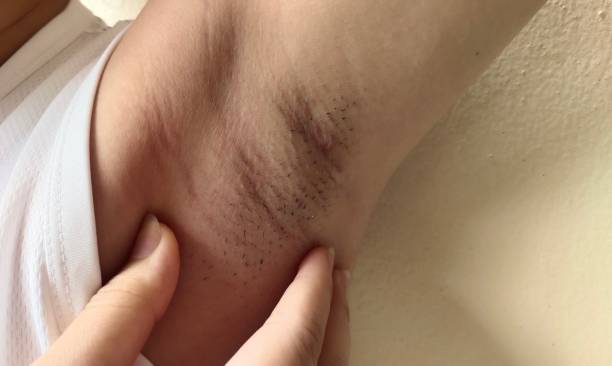Full Body Laser Hair Removal Cost: Everything You Need to Know Introduction to Full Body Laser Hair Removal Full body laser hair removal has gained significant popularity due to its effectiveness in achieving long-lasting hair reduction and, in certain instances, even permanent hair removal. This advanced cosmetic procedure utilizes laser technology to target and remove […]
Full Body Laser Hair Removal: Unveiling the Key to Smooth and Hair-Free Skin
Introduction to Full Body Laser Hair Removal Introduction Laser hair removal has revolutionized hair removal, providing a long-lasting solution to unwanted body hair. This comprehensive guide explores the Full Body Laser Hair Removal world, delving into its benefits, process, aftercare, and more. Discover why this advanced technology is preferred for individuals seeking smooth, hair-free skin. […]
Laser Hair Removal For Bodybuilders: Enhancing Performance and Aesthetics
Introduction Bodybuilding is a sport that demands dedication, discipline, and a focus on physical perfection. Bodybuilders invest significant time and effort into building their physique, including sculpting their muscles through rigorous training and strict dietary plans. Alongside their well-defined muscles, bodybuilders often strive for a clean and hair-free appearance, where laser hair removal comes into […]
Laser Hair Removal For Amputees: Enhancing Comfort and Confidence
Introduction Living with limb loss can bring unique challenges, including unwanted hair growth in residual limbs. For amputees, managing hair can be difficult and uncomfortable. However, laser hair removal offers a safe and effective solution to this concern. This comprehensive guide explores the benefits of laser hair removal for amputees, the process involved, considerations specific […]
Introduction to Electrolysis Hair Removal: Is it Better than Laser Hair Removal?
Introduction to Electrolysis Hair Removal: Is it Better than Laser Hair Removal? Are you seeking relief from the burden of unwanted hair? If so, electrolysis hair removal might be the solution you’ve been looking for. Electrolysis is a proven method of permanently removing hair from various body areas. This article focuses on electrolysis hair removal, […]
Waxing Hair Removal Service
Comprehensive Guide to Waxing Hair Removal: Benefits, Techniques, and Aftercare for Smooth Skin Introduction Waxing hair removal remains a widely used technique to attain silky, hairless skin across different body regions, including arms, legs, underarms, bikini, face, back, and hands. Whether it’s a first or regular waxing appointment, visiting a professional esthetician ensures the best […]






